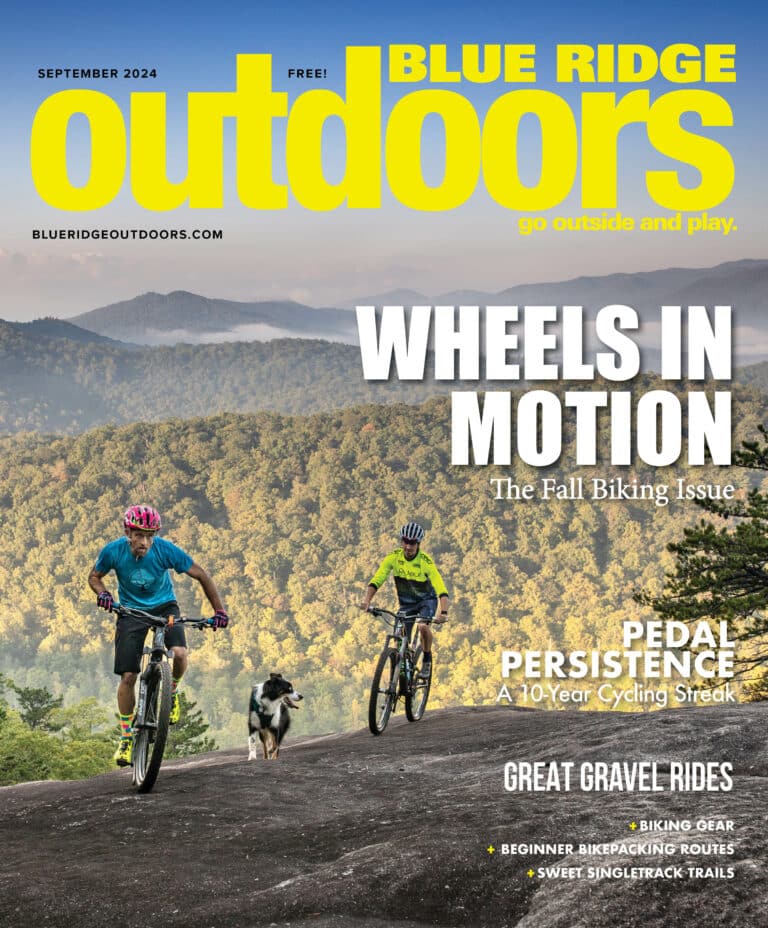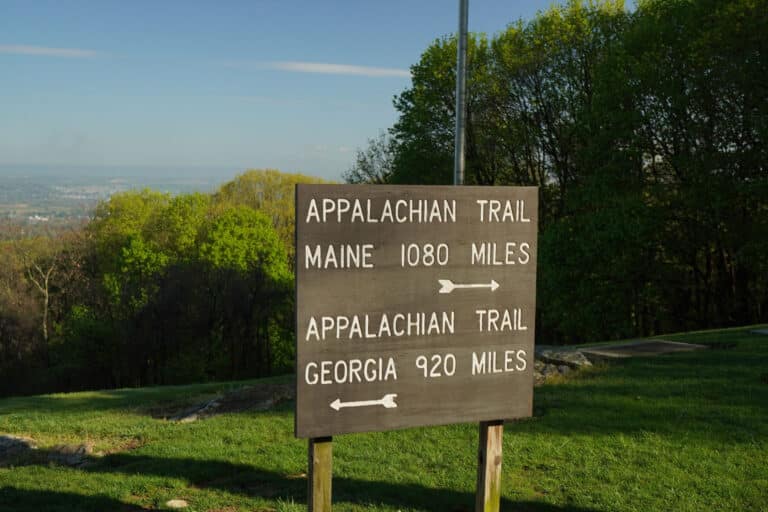A little bit of altitude can go a long way
Elite athletes know that spending time at high elevations can result in dramatic improvements in their performance. Pro running and cycling teams routinely live and train for months at altitude. But can weekend warriors looking to boost their 5K time achieve the same benefits from high-altitude training?
 Scott Simmons, head track coach at Queens University in Charlotte, thinks so. For the last few years, Simmons has been developing a new form of altitude training based on the theory of “cyclical stimulus.” Instead of spending months at a time at elevation, Simmons takes his track team to Beech Mountain—the highest city in the Eastern U.S.—for long weekends periodically through the season.
Scott Simmons, head track coach at Queens University in Charlotte, thinks so. For the last few years, Simmons has been developing a new form of altitude training based on the theory of “cyclical stimulus.” Instead of spending months at a time at elevation, Simmons takes his track team to Beech Mountain—the highest city in the Eastern U.S.—for long weekends periodically through the season.
“The research I’ve done shows that shorter stays at elevation are more productive than longer stays,” Simmons says. “As soon as you arrive at altitude, your body spikes erythropoetin (EPO). As you stay longer, the boost comes down to a baseline.”
Simmons has his team spend two to four days at elevation, which elevates EPO and red blood cell production. Then they come back down to sea level for a few weeks. The coach has seen impressive results from this method, both in the lab and at the races.
It’s also a method that’s easier for average athletes to incorporate in their training. According to Simmons, spending as little as one weekend at elevation could garner some benefits come race day.
A number of mountain ranges in Tennessee, North Carolina, and Virginia reach 5,000 feet or higher. If you’re looking for an edge on your next race, plan a three-day camping trip at elevation. You don’t even need to work out while you’re there; simply being at elevation garners the most benefits (live high, train low is the mantra of most pros these days). It takes 10 days from the initial EPO spike for the red blood cells to mature and result in faster times, so plan your mini altitude excursion for one to two weeks before your race.
The Science of Getting High
“The biggest misconception is that there’s less oxygen in the air as you go up in elevation. That’s not the case,” says Dr. Scott Murr, director of Furman University’s FIRST Lab. “Whether you’re in Greenville or Mount Mitchell, the air is made up of 20.93 percent oxygen. That doesn’t change. What changes is the barometric pressure, which pushes the oxygen into your blood.”
The difference in barometric pressure at higher elevations triggers the creation of EPO in your body, which causes more red blood cells to be produced. Those cells help transfer oxygen to your muscles, which then translates to faster running and cycling times when you compete at lower elevations. Some studies show spending time at elevation can increase your long distance speeds by up to five percent.







